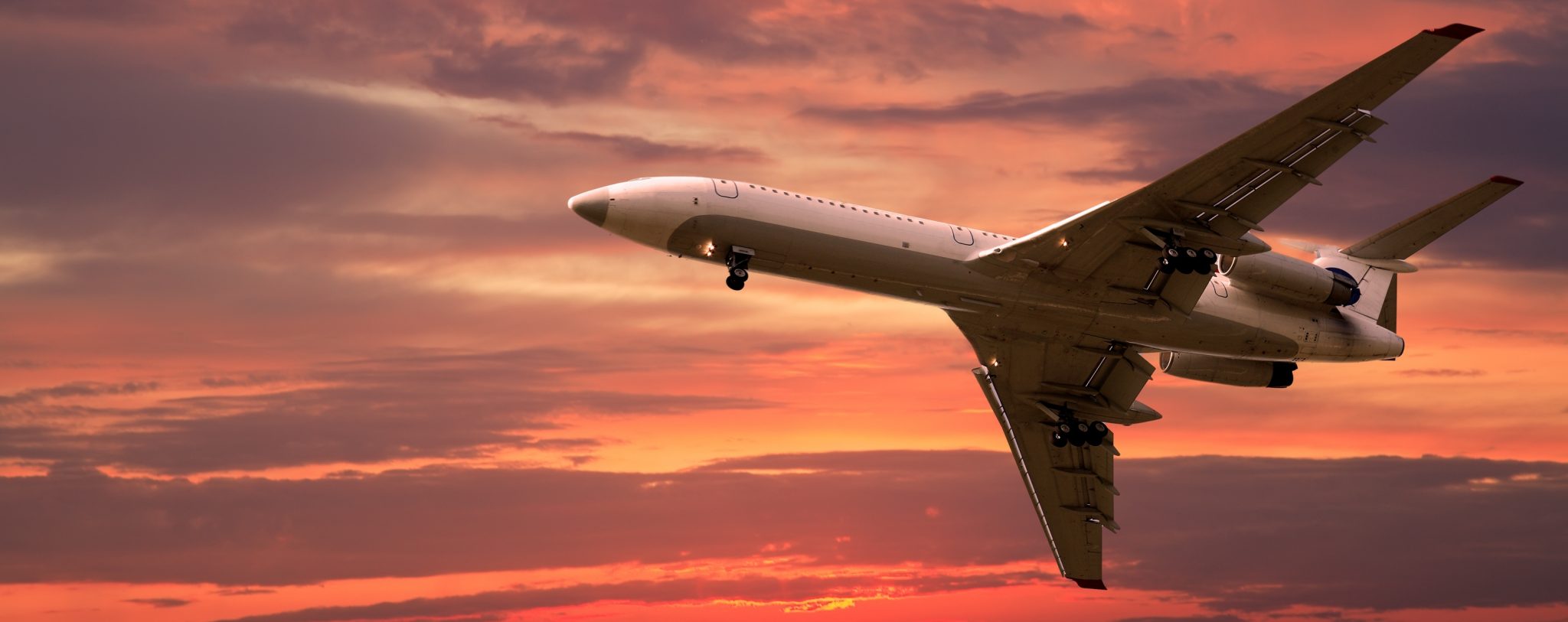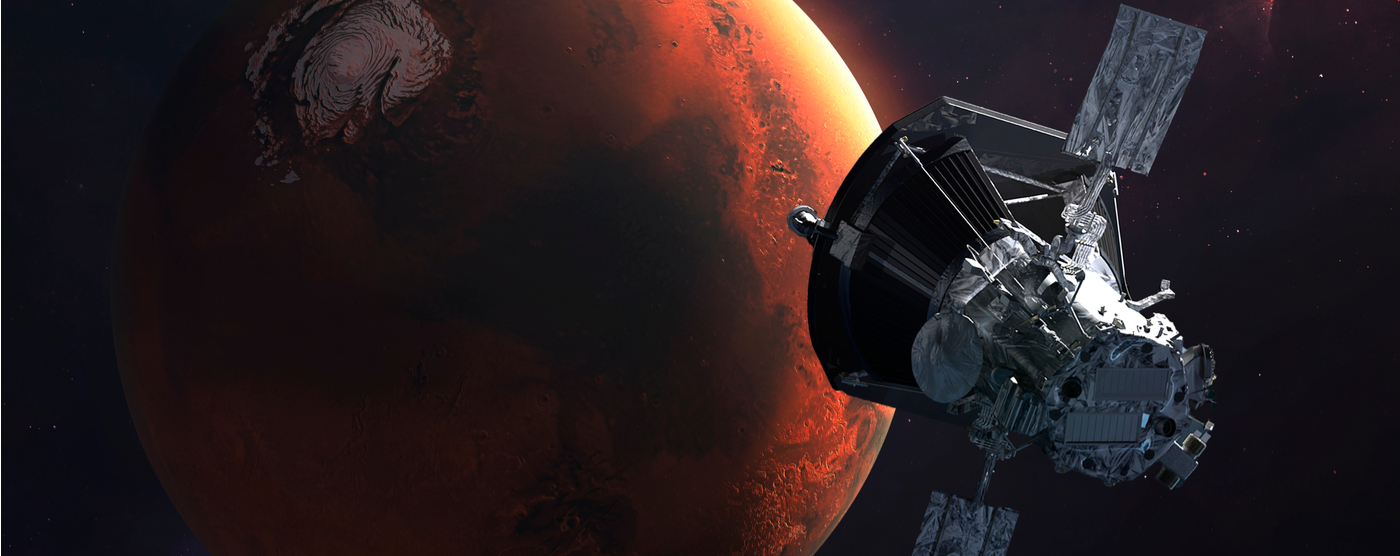Artificial Intelligence: A Real Game Changer in the Aerospace Industry

Artificial intelligence (AI) is proving to be a real game changer in the aerospace industry as engineers are implementing various AI applications that are having a positive impact on aerospace. From manufacturing to customer relations, there’s nothing artificial about these changes that are making a real difference.
We’d like to take a closer look at the ways AI is impacting the aerospace industry and what it means for the future.
Streamlining the process
There are―literally―several moving parts to aerospace engineering. From the design process and prototyping to budgeting and manufacturing, artificial intelligence is setting the pace for streamlining design and manufacturing systems over the next 15 years.
Lightweight and sturdy parts
Think about it. Lighter airplane parts make for more efficient flying. The use of AI algorithms combined with generative design is helping designers develop new parts that are both lightweight and sustainable. Add in the use of 3D printing with AI-enabled generative design and you have a more efficient way to supply airplane generators and wings.
Here are some additional advantages of using artificial intelligence in the production design process. The use of AI can:
- Perform inspections faster and more efficiently
- Preserve gas
- Improve operational effectivity
- Improve proficiency of supply chain management, thanks to automated data
- Be more economical
- Research collected information from sensors that gather information―like temperature and moisture―and pinpoint faulty plane parts beforehand.
Fuel Reduction
Conserving fuel is a major concern in the aerospace industry. With almost 100,000 flights in the air every day across the globe, it’s no wonder experts are looking for ways to reduce gas consumption. Did you know industry forecasters estimated the global commercial aircraft industry could tap out at a record-breaking 97 billion (that’s billion with a “b”) gallons of fuel in 2019?
Previously, we mentioned how the use of AI―together with the assistance of 3D printing―can fabricate lightweight parts. This process, in turn, reduces fuel consumption. Now, let’s take that one step further. Airplanes use the most fuel on the climb. Experts say AI-created climb stage profiles can be created by using artificial intelligence models to analyze how much fuel is used by pilots during the climb phase. These profiles can then help streamline fuel usage so that pilots can adequately preserve fuel during flights. Less fuel means cleaner skies.
Simulator training
Pilots are gaining valuable training through AI simulators, combined with virtual reality frameworks. Here are a few cool ways AI is improving pilot training on the ground to keep us safer in the skies:
- Pilots get a progressively realistic simulation experience
- Training information is gathered and analyzed
- AI used in a cockpit can improve a flightpath by:
- Evaluating and alerting information on fuel levels
- Determining framework status
- Reporting climate conditions and other vital parameters
Safety
It goes without saying that safety is of the highest priority in the airplane industry. Artificial intelligence plays a significant role in keeping everyone safe by providing efficient options. Here are some of these options:
- At the airport, AI-enabled cameras use facial recognition to identify suspicious individuals. (Some programs may even provide photographs of individuals with felony data.)
- AI-enabled cameras can be used to detect malicious activity in the airport.
- Threats and dangers can be detected by utilizing AI in machine studying and geospatial sign processing, as well as by the use of photographs and movies extracted from aerial automobiles and satellites.
Customer experience
There are two words that come to mind in regard to consumers: customer satisfaction and loyalty. The airline industry knows this. With their competition flying past them in the skies, it’s up to the particular airlines to rise above their competitors when it comes to making their customers happy. But is using artificial intelligence really the answer? You would think customers would want human interaction, but the latest statistics show otherwise. AI-enabled chatbots (yes, chatbots) are today’s latest conversation starters. Chatbots are digital devices that simulate conversation with human users and answer any requests and questions in real time. Here’s how the current use of chatbots breaks down by location and industry:
- Aircraft—14 percent
- Airport terminals—9 percent
- Future use in airline industry—68 percent of airlines want to utilize AI-driven chatbots
- Emirates Vacations, part of Emirates Airlines, saw an 87 percent expansion in the engagement of chatbot-incorporated advertisements following a 30-day trial campaign when compared to standard advertisements.
As fascinating a role AI plays in our daily lives, it’s important to remember that it takes the knowledge and skill of humans to make it all possible.
Are you interested in pursuing a futureproof career? Discover all that’s possible with an engineering degree from Vaughn College.

